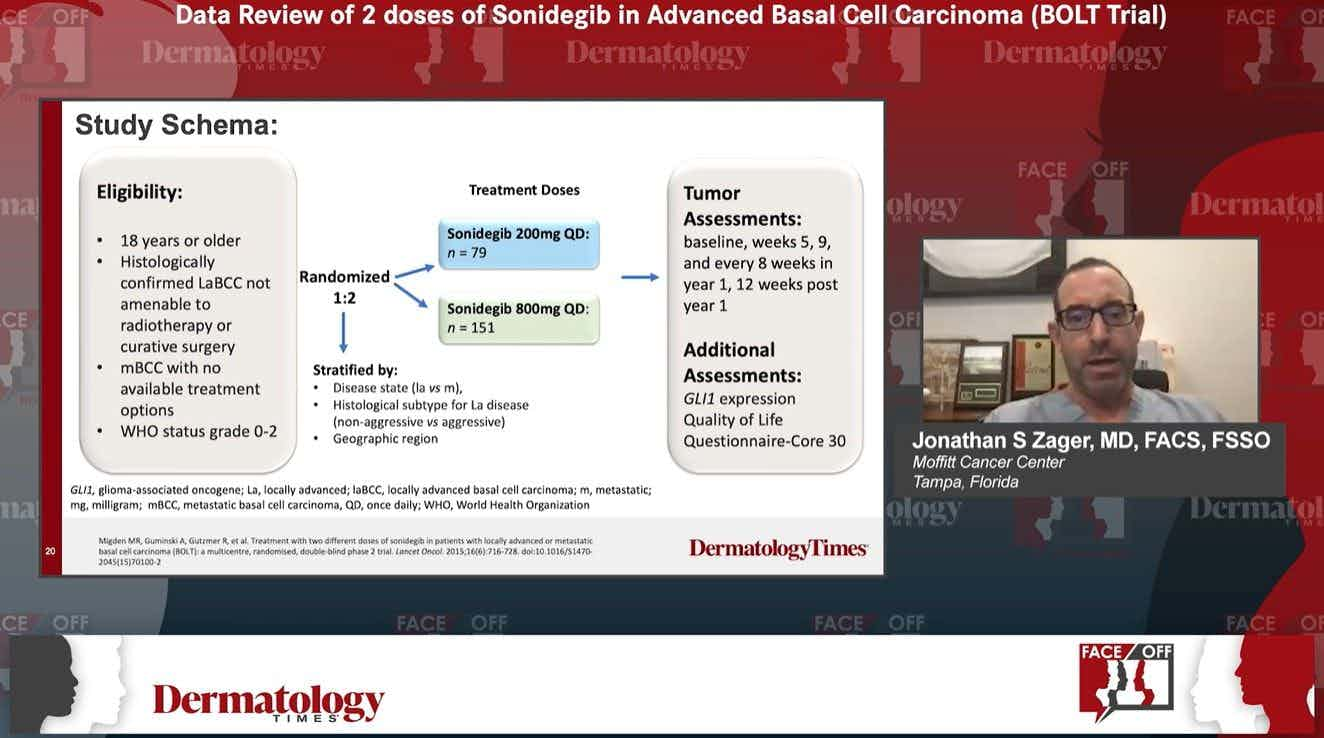- Acne
- Actinic Keratosis
- Aesthetics
- Alopecia
- Atopic Dermatitis
- Buy-and-Bill
- COVID-19
- Case-Based Roundtable
- Chronic Hand Eczema
- Chronic Spontaneous Urticaria
- Drug Watch
- Eczema
- General Dermatology
- Hidradenitis Suppurativa
- Melasma
- NP and PA
- Pediatric Dermatology
- Pigmentary Disorders
- Practice Management
- Precision Medicine and Biologics
- Prurigo Nodularis
- Psoriasis
- Psoriatic Arthritis
- Rare Disease
- Rosacea
- Skin Cancer
- Vitiligo
- Wound Care
Article
Adolescents and Sun: Are They Protected?
Author(s):
Skin cancer is on the rise. Knowing what teenagers and adolescents understand about protecting skin from the sun and how well they’re using that information can be important to changing that trend.
The most common cancer in the United States is skin cancer and incidence remains on the rise. Using skin protection remains the best way to prevent skin cancer, but research has shown that less than a third of children and teenagers aged 11 to 18 years wear sun protection with regularity. A research letter examined how much teenagers and young adults understand sun protection to help determine what interventions could lead to improved utilization of sun protection.1
The Investigators used MyVoice, a national polling platform that uses text messaging. Participants aged 14 to 24 years were recruited through social media and those who chose to participate were asked 5 open-ended questions about sun protection over the course of 5 weeks. A participant would receive $1 for responding to each weekly survey. The questions were analyzed by 3 investigators.
A total of 1151 participants received the survey questions and 977 responded to them. The majority of participants were non-Hispanic White (62.2%) and the average age was 19.3 years. One of the questions asked was how important it was to protect skin from the sun, with 62.1% saying it was very important; 25.5% said it was important; and 5.4% said it somewhat important. The most commonly cited reason for using skin protection was skin cancer 51.7%. Despite 90.1% of the participants saying that they had used sunscreen, 81.1% reported having a history of at least 1 sunburn and 28.4% of the participants reported that they had a history of 5 or more. A history of 5 or more sunburns has been linked to doubling the risk of melanoma. When asked about what might increase the use of sunscreen, the participants offered suggestions like showing the consequences of sun exposure (41.1%), reaching out through traditional media (16.8%), and increasing accessibility to products (10.6%).
The investigators concluded that most of the participants understood that there were short and long-term risks of sun damage and what those were. However, many of them were not able to meaningfully use sun protection. When it comes to improving that behavior, in addition to the suggestions from the participants, the investigators recommended improving government policies for sun protection standards and education programs.
This was originally posted by our sister publication Contemporary Pediatrics.
Reference
1. Strome A, Herbert K, Walsh K, Lamberg O, Waselewski ME, Chang T. Assessment of sun protection knowledge and behaviors of US youth. JAMA Network Open. 2021;4(11). doi:10.1001/jamanetworkopen.2021.34550
Newsletter
Like what you’re reading? Subscribe to Dermatology Times for weekly updates on therapies, innovations, and real-world practice tips.















